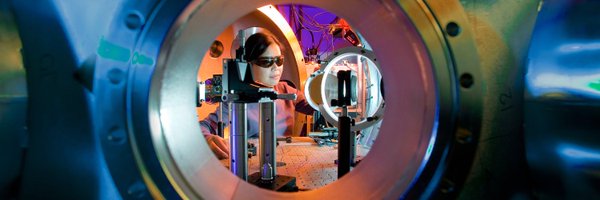 (AGENPARL) - Roma, 23 Settembre 2022
(AGENPARL) - Roma, 23 Settembre 2022(AGENPARL) – ven 23 settembre 2022 A weekly compendium of media reports on science and technology achievements at Lawrence Livermore National Laboratory. Though the Laboratory reviews items for overall accuracy, the reporting organizations are responsible for the content in the links below.
LLNL Report, Sept. 23, 2022
Artist’s impression of a fiery asteroid heading for Earth. Image courtesy NASA Goddard Space Flight Reto Stöckli.
On Sept. 26, NASA’s DART (Double Asteroid Redirection Test) spacecraft will smash into the small moon of asteroid Didymos. Telescopes on Earth will measure the resulting change in the moonlet’s orbit, while the European Space Agency’s (ESA’s) Hera mission will study the damaged target up close in 2026.
Why is NASA doing this? Well, over its 4.5-billion-year lifetime, Earth has been battered and pummeled by cosmic collisions. Some 50,000 years ago, a small asteroid slammed into northern Arizona, USA, leaving a 1,200m-wide impact crater and turning the area into a wasteland.
Suppose a near-Earth asteroid is detected tomorrow that is going to impact Earth in 2070. That gives us enough warning time: a tiny change of velocity now will be enough to change its course, so that by the time it crosses Earth’s orbit in 50 years our planet will no longer be in its way.
Even then, a DART-like impact won’t be enough to veer a much larger asteroid off course.
That’s why technicians at Lawrence Livermore National Laboratory have designed a much more powerful “kinetic impactor,” called HAMMER (Hypervelocity Asteroid Mitigation Mission for Emergency Response).
Measuring 9 meters in length and weighing almost 9 tons, with enough warning time HAMMER could successfully deflect a 500 m-diameter object like Bennu — the asteroid studied by OSIRIS-REx, which has a minute chance of impacting Earth on Sept. 25, 2135.
The image features an abstracted form of flerovium. The two main colors represent the creation of the element from calcium and plutonium. The background features abstracted particle trails and sections from the ground plan of the accelerator at the Joint Institute for Nuclear Research.. Image courtesy of Royal Society of Chemistry/Murray Robertson.
[Heavy metal](https://vervetimes.com/superheavy-element-114-flerovium-is-a-volatile-metal-sciencedaily/)
An international research team including Lawrence Livermore scientists has succeeded in gaining new insights into the chemical properties of the superheavy element flerovium — element 114 — at the accelerator facilities of the GSI Helmholtzzentrum für Schwerionenforschung in Darmstadt.
The measurements show that flerovium is the most volatile metal in the periodic table. Flerovium is thus the heaviest element in the periodic table that has been chemically studied.
In the periodic table, flerovium is placed below the heavy metal lead. However, early predictions had suggested that relativistic effects of the high charge in the nucleus of the superheavy element on its valence electrons would lead to noble gas-like behavior, while more recent ones had rather suggested a weakly metallic behavior.
The new results show that, as expected, flerovium is inert but capable of forming stronger chemical bonds than noble gases, if conditions are suitable. Flerovium is consequently the most volatile metal in the periodic table.
[Read More](https://vervetimes.com/superheavy-element-114-flerovium-is-a-volatile-metal-sciencedaily/)
The NIF Target Bay: NIF’s 192 laser beams converge at the center of this giant sphere to make the tiny hydrogen fuel pellet implode.
[How do you know if a nuclear weapon will work?](https://www.scientificamerican.com/article/see-the-facility-that-tests-whether-nuclear-weapons-work/)
In 1995, after the Soviet Union had dissolved and fear of a nuclear exchange had receded, world powers indefinitely renewed the Non-Proliferation Treaty (NPT), a 1970 agreement to prevent new states from obtaining nuclear weapons and to induce those that already had them to disarm.
A year later the U.S. signed the Comprehensive Nuclear-Test-Ban Treaty (CTBT), intended to prohibit “any nuclear weapon test explosion or any other nuclear explosion” anywhere in the world. These treaties did not stop U.S. efforts to ensure the readiness of its nuclear arsenal, however. Under the Stockpile Stewardship and Management Program, created in the wake of the CTBT, scientists research and test nuclear material, some of it at the National Ignition Facility (NIF) at Lawrence Livermore National Laboratory.

